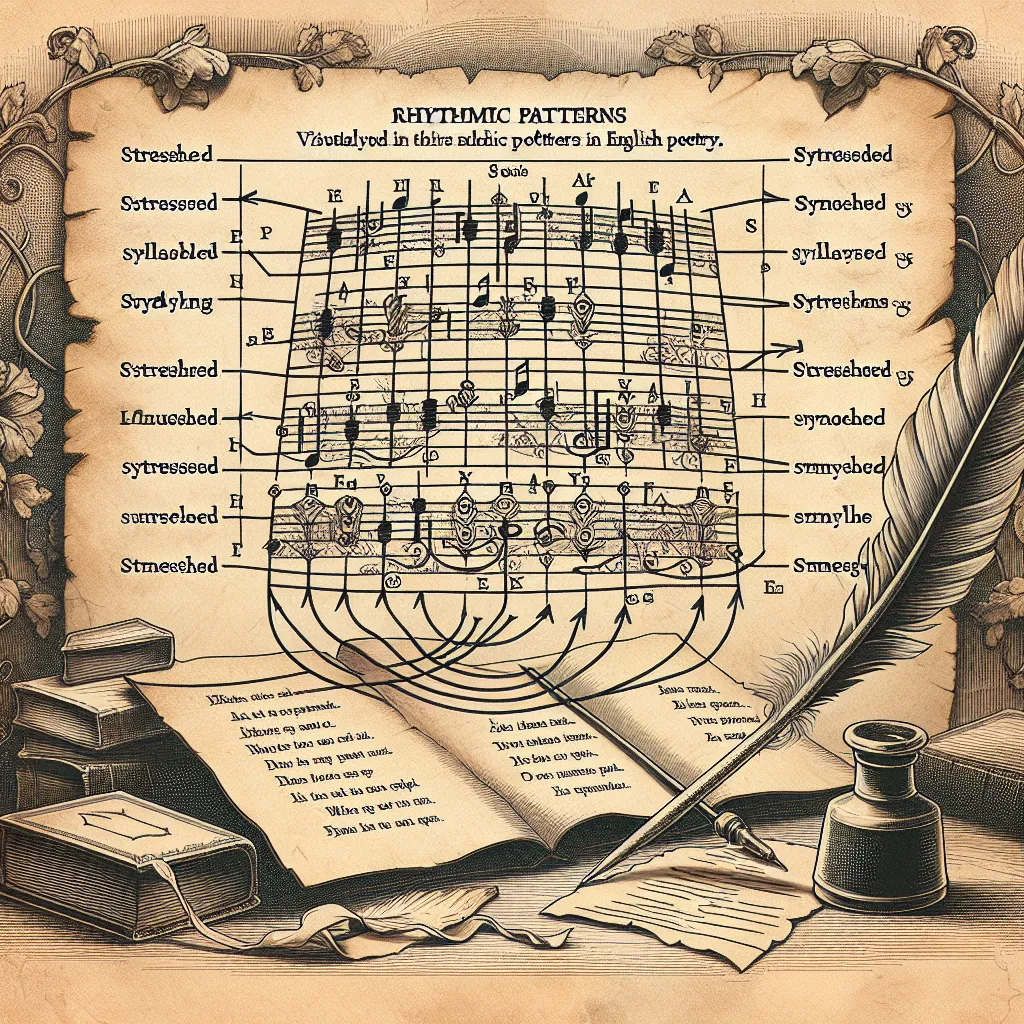Tongue twisters are a fun and effective way to improve your English pronunciation. Whether you’re a beginner or an advanced learner, these challenging phrases can help you refine your speech and boost your confidence. In this guide, we’ll explore how to use tongue twisters effectively to enhance your pronunciation skills.
Understanding Tongue Twisters and Their Benefits
Tongue twisters are phrases or sentences designed to be difficult to articulate quickly and correctly. They often contain similar sounds or syllables in close proximity, challenging the speaker’s ability to enunciate clearly.
Why Tongue Twisters are Valuable for Pronunciation Practice
- Muscle Training: Tongue twisters exercise the muscles used in speech, improving overall articulation.
- Sound Distinction: They help learners differentiate between similar sounds, especially those that may not exist in their native language.
- Fluency Building: Regular practice with tongue twisters can increase speaking speed and fluency.
- Stress and Intonation: Many tongue twisters highlight the importance of stress and intonation in English.
 Tongue Twisters Benefits
Tongue Twisters Benefits
How to Practice with Tongue Twisters
To get the most out of tongue twisters, follow these steps:
1. Start Slow and Steady
Begin by saying the tongue twister slowly, focusing on each sound. For example, with “She sells seashells by the seashore”:
- Break it down: “She / sells / sea / shells / by / the / sea / shore”
- Pronounce each word clearly before increasing speed
2. Focus on Problematic Sounds
Identify the sounds you find challenging and practice them in isolation. For the “sh” sound in the example above:
- Practice “sh” alone: “sh, sh, sh”
- Then in words: “she, shells, shore”
3. Gradually Increase Speed
As you become more comfortable, slowly increase your speed:
- Start with 2-3 repetitions at a slow pace
- Gradually speed up with each set of repetitions
- Aim for clarity over speed initially
4. Use a Mirror
Watch your mouth movements in a mirror to ensure proper lip and tongue positioning. This visual feedback can help you make necessary adjustments.
5. Record Yourself
Use your smartphone or computer to record your attempts. Listen back to identify areas for improvement and track your progress over time.
Popular Tongue Twisters for Pronunciation Practice
Here are some effective tongue twisters to get you started:
- “Peter Piper picked a peck of pickled peppers” (focuses on ‘p’ sound)
- “How much wood would a woodchuck chuck if a woodchuck could chuck wood?” (practices ‘w’ and ‘ch’ sounds)
- “Unique New York” (challenges with the ‘u’ and ‘y’ sounds)
- “Red lorry, yellow lorry” (tests ‘r’ and ‘l’ distinction)
- “The thirty-three thieves thought that they thrilled the throne throughout Thursday” (practices ‘th’ sound)
Common Pronunciation Errors and How Tongue Twisters Help
Tongue twisters can address various pronunciation challenges:
Consonant Clusters
English often combines multiple consonants, which can be difficult for non-native speakers. Tongue twisters like “Crisscross crackle crunch” help practice these clusters.
Minimal Pairs
Words that differ by only one sound, like “ship” and “sheep,” can be practiced with twisters like “I scream, you scream, we all scream for ice cream.”
Vowel Sounds
English has many vowel sounds that may not exist in other languages. “The boot black brought the black boot back” helps distinguish between different ‘o’ sounds.
The Phonemic Chart and Commonly Mispronounced Words
Understanding the phonemic chart can greatly enhance your pronunciation skills. Here’s a simplified version focusing on vowel sounds:
- /i:/ as in “sheep”
- /ɪ/ as in “ship”
- /e/ as in “bed”
- /æ/ as in “cat”
- /ʌ/ as in “cup”
- /ɑ:/ as in “car”
- /ɒ/ as in “dog”
- /ɔ:/ as in “door”
- /ʊ/ as in “book”
- /u:/ as in “boot”
Ten commonly mispronounced words related to tongue twisters:
- Sixth (/sɪksθ/)
- Isthmus (/ˈɪsməs/)
- Anemone (/əˈnemənɪ/)
- Worcestershire (/ˈwʊstəʃər/)
- Squirrel (/ˈskwɪrəl/)
- Phenomenon (/fəˈnɒmɪnən/)
- Brewery (/ˈbrʊərɪ/)
- Rural (/ˈrʊərəl/)
- Serendipity (/ˌserənˈdɪpɪtɪ/)
- Particularly (/pəˈtɪkjʊləlɪ/)
Practice these words within tongue twisters to improve your pronunciation of challenging sounds.
Conclusion
Tongue twisters are a powerful tool for improving English pronunciation. By incorporating them into your regular practice routine, you can enhance your articulation, fluency, and overall speaking confidence. Remember to start slow, focus on problematic sounds, and gradually increase your speed. With consistent practice, you’ll notice significant improvements in your pronunciation skills.
For more tips on enhancing your English speaking abilities, check out our articles on how to improve pronunciation in public speaking and pronunciation tips for English beginners. Happy practicing!




